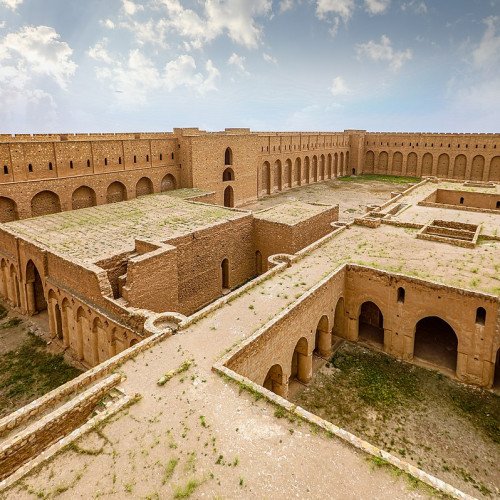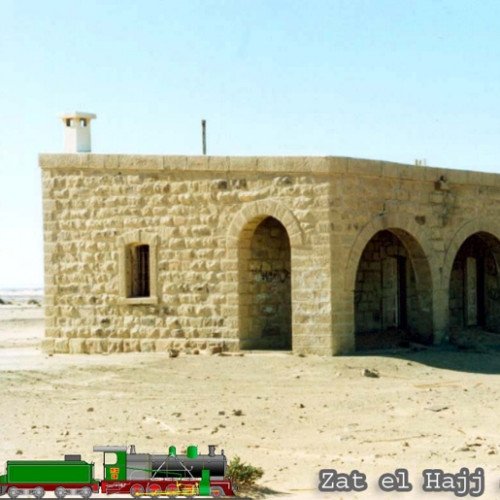Castles of "Saudi Arabia" AL-UKHAYDIR vs DHAT AL-HAJJ

AL-UKHAYDIR
Al-Ukhaydir (also spelled al-Akhthar, al-Akhdar, al-Akhider, Akhizer), also known as Haydar or Aqabat, is a site in the Tabuk Province in Saudi Arabia, located southeast of Tabuk. During early Ottoman rule, a fort was built at the site, part of the larger network of fortifications along the Hajj caravan route to Medina and Mecca. The fort's name al-Ukhaydir is Arabic for "the small green place". According to archaeologist Andrew Petersen, the exact origin of the name is unclear. A likely possibility is that it was linked to the tradition of Elijah, who is commonly identified by Levantine Muslims as al-Khadr. Al-Khadr is also the subject of local Arabian legend. The association with al-Khadr was mentioned by travelers and visiting historians throughout the Ottoman era (1517–1917) and a shrine dedicated to al-Khadr was situated within the fort's walls. Petersen suggests that "the name may reflect the greenness of this site, in an area of overwhelming aridity". Historian Richard Blackburn also relates that the "sparse greenery thereabouts is said to account" for its name, "little green place or Wadi al-Ukhaydir (slightly green valley)".
Statistics for this Xoptio

DHAT AL-HAJJ
Dhat al-Hajj is an archaeological site in the Tabuk Province of Saudi Arabia, located north of Tabuk and 16 kilometers (9.9 mi) south of the border with Jordan. Beginning sometime in the Middle Ages, Dhat al-Hajj served as a rest stop and watering place on the Hajj caravan route connecting Egypt and Syria to the Islamic holy cities of Mecca and Medina. The Ottomans fortified the site in the late 16th century. It fell into ruin by the early 18th century and was taken over by Bedouin tribesmen, though it was restored in later decades. The fort is a three-story square structure built around a courtyard and reservoir.